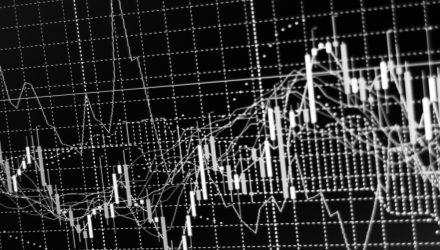It’s one thing to get price appreciation on owning an ETF and another thing to get monthly distributions, but the Global X SuperDividend U.S. ETF (DIV) does both.
Per its fund description, DIV seeks to provide investment results that correspond generally to the price and yield performance, before fees and expenses, of the Indxx SuperDividend® U.S. Low Volatility Index. Its 30-day SEC yield of almost 5% (as of December 16) and its year-to-date gain of over 21% highlight the ETF’s dual benefits.
With its capital, the fund invests at least 80% of its total assets in the securities of the underlying index. The underlying index tracks the performance of 50 equally weighted common stocks, including Master Limited Partnerships (MLPs) and Real Estate Investment Trusts (REITs) that rank among the highest dividend-yielding equity securities in the United States.
DIV gives investors:
- High income potential: DIV accesses 50 of the highest dividend-paying equities in the United States, potentially increasing a portfolio’s yield.
- Monthly distributions: DIV makes distributions on a monthly basis and has made distributions each month for over seven years. With rates scheduled to rise in 2022 around the world, this could translate to higher yields.
- Low volatility: DIV’s index methodology screens for equities that have exhibited low betas relative to the S&P 500 in an effort to produce low volatility returns.
Rate Hikes Forthcoming
When it comes to economic policy, the U.S. will typically set the precedent and other nations will follow. That said, the Fed’s recent vow to raise rates in 2022 is also seeing similar chess moves around the globe as central banks tackle rising inflation.
“With inflation having exceeded 2 percent for some time, the committee expects it will be appropriate to maintain this target range until labor market conditions have reached levels consistent with the committee’s assessments of maximum employment,” the Fed said.
As the Wall Street Journal reports, a number of central banks in Eastern Europe and Latin America have already started their rate-raising initiatives. In response to the effects of the latest COVID variant, countries like Russia recently pushed rates higher.
“Omicron presents a further sizable uncertainty,” said Freya Beamish, an economist at TS Lombard. “We think the inflationary impact at this stage of supply-side adaptation is likely to be much less significant than in previous Covid waves. For now, central banks appear to be looking through the threat to growth.”
For more news, information, and strategy, visit the Thematic Investing Channel.


